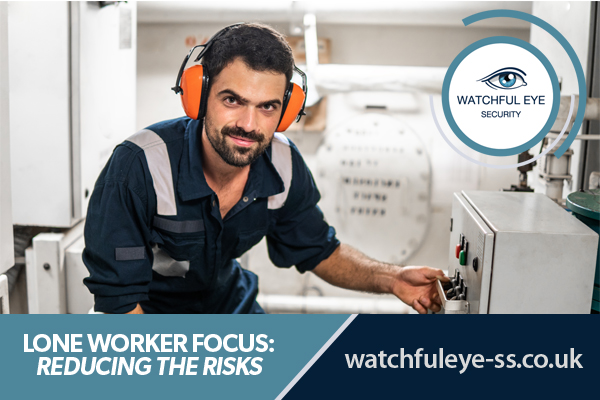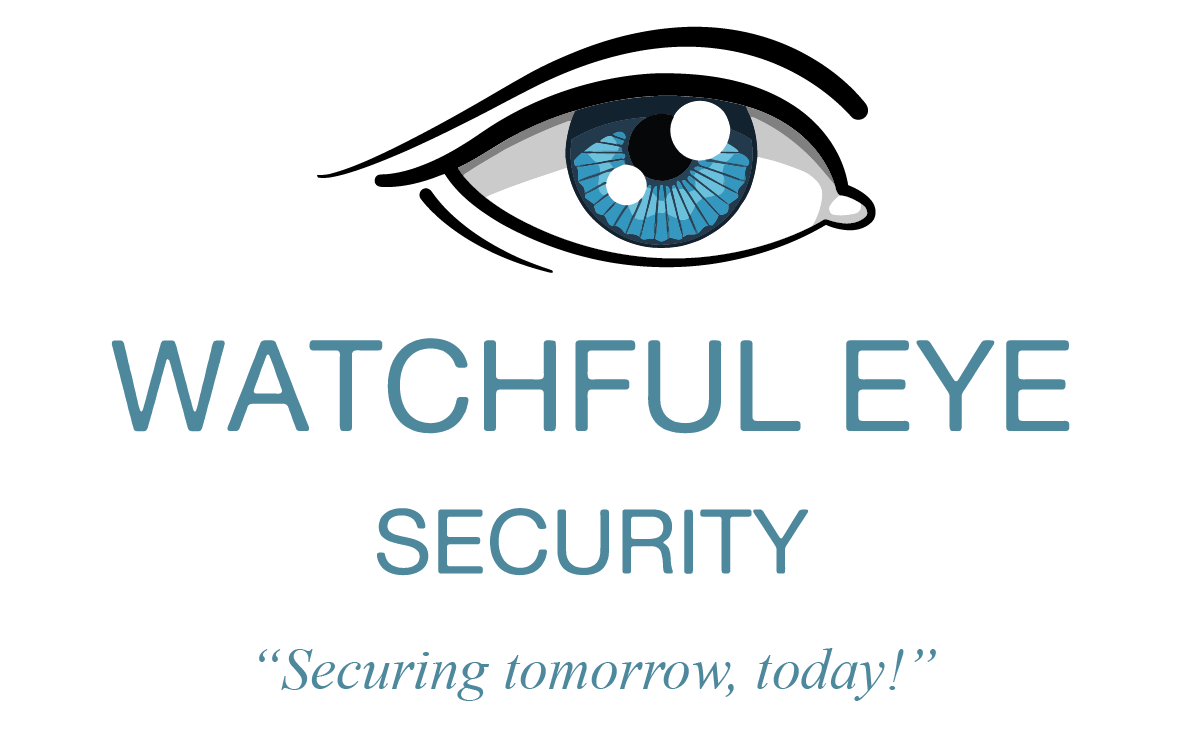
LONE WORKING AND WORKER SAFETY
Working by yourself in remote locations presents several challenges, not just for yourself but for your employer as well. It’s estimated that approximately 20% of the UK workforce comprises ‘lone workers’, which equates to roughly 8 million people.
Lone workers work by themselves, without direct or close supervision, for extended periods of time.
Millions of people are required to work alone for quite some time every day, and it’s the employer’s responsibility to ensure they are taking appropriate and reasonable steps to ensure complete lone worker safety. This short guide explains why lone worker solutions are tremendously important for both the individual and the organisation.
WHAT DOES A LONE WORKER DO?
Lone workers are responsible for carrying out various tasks and responsibilities by themselves without close or direct supervision.
Some examples of lone working professionals include:
- Delivery drivers
- Health workers
- Postal workers
- Engineers
- Cleaners
- Security guards
- Warehouse staff
- Petrol station workers
- Construction workers
- Field technicians
- People working from home
The HSE states that the employing organisation must manage health and safety risks before allowing people to work from home.
This is particularly relevant for many organisations that have had to adapt to lockdown and home working measures following the COVID-19 pandemic.
Millions of employees became increasingly familiar with lone working, reduced capacities, staggered working patterns and hours, social distancing measures and much more. These employees frequently came into situations where they worked alone for extended periods.
RISKS TO LONE WORKERS
There are always risks to lone workers without supervision or anyone close by to assist if things go wrong
These risks mainly affect lone workers in the UK:
- Workplace violence
- Stress
- Anxiety
- Medical issues preventing suitability to work alone
- Rural or isolated workplaces
- Mental health and wellbeing
Certain ‘high-risk’ lone working requires a minimum of one other person to be present.
This includes work in:
- Confined spaces
- Diving operations
- The vicinity of live electricity conductors
- Fumigation
- Vehicles carrying explosives
HOW TO STAY SAFE AS A LONE WORKER
Like any worker, whether you’re working on a construction site or a quiet office, you must take care of your own health and safety. You must also take care of others who may be at risk by the work you carry out.
Lone worker safety involves co-operating with your colleagues and employers to help everyone meet their duties under the law.
Your employer has specific responsibilities to protect you as a lone worker, regardless of whether you’re working for them as freelancers, contractors, or self-employed. The same obligations apply to home workers, and the same liabilities for accidents or injuries apply as well. This means employers must provide supervision, education and thorough training while adding control measures to protect any home workers.
LONE WORKER RISK MITIGATION
Lone working professionals face similar risks to many colleagues in the same industry as them, albeit without direct supervision or the presence of someone on-hand to assist when there is danger nearby. Therefore, the injury risk of lone workers is higher.
Identifying and mitigating common slipping hazards would involve revisiting the 6 factors of the Slip Prevention Model and reminding employees of obstructions based on the 3 Trip Potential Model factors and whether environmental factors can exacerbate the risks of slips, trips or falls.
Manual handling, lifting and carrying can lead to immediate injuries or long-term musculoskeletal problems. It is imperative to ensure that correct posture and machinery is used correctly (if necessary) to prevent injuries to lone workers.
According to HSE reports, approximately 700 cases of lone workers being struck by moving objects are reported each year, with approximately 14% of these resulting in major injuries. The best practice is to ensure proper storage for sharp objects, designated routes for equipment to move items (and all have good visibility), and secure and stable shelving.
As far as acts of violence are concerned, the HSE defines an act of violence as any incident in which a person is abused, threatened or assaulted in circumstances related to their work.
The most at-risk lone workers for acts of violence include anyone engaging in:
- Personal care
- Education
- Delivery and collection
- Controlling
- Representing authority
- Providing security
- Cash transactions
Watchful Eye Security Ltd carryout lone worker assessments and welfare patrols – speak to us to day about your lone worker risks.
.
